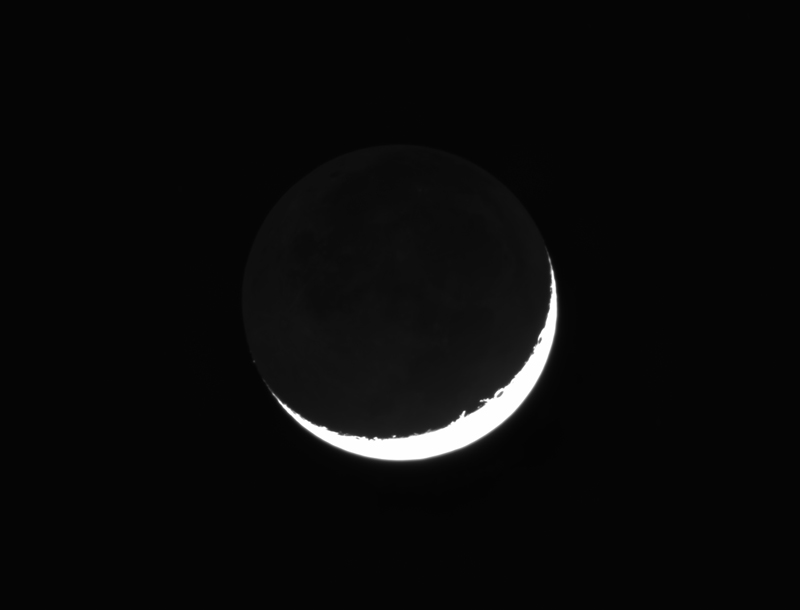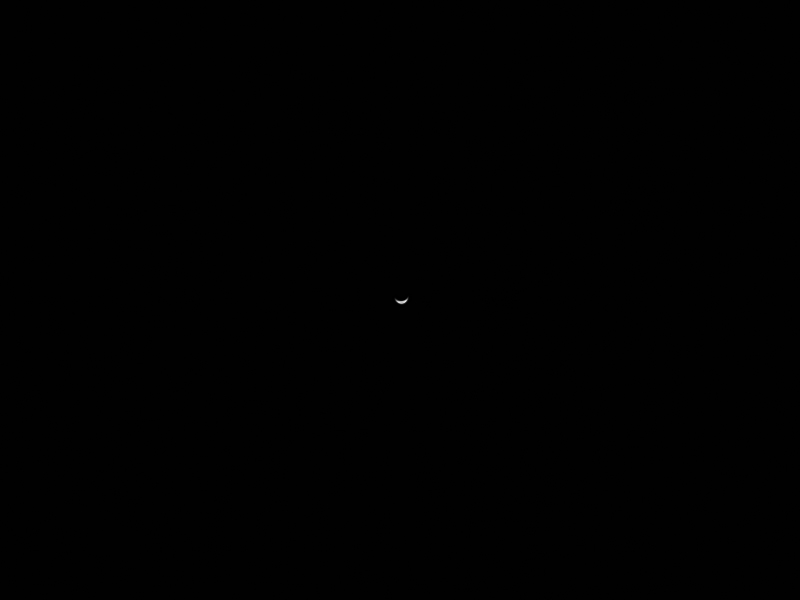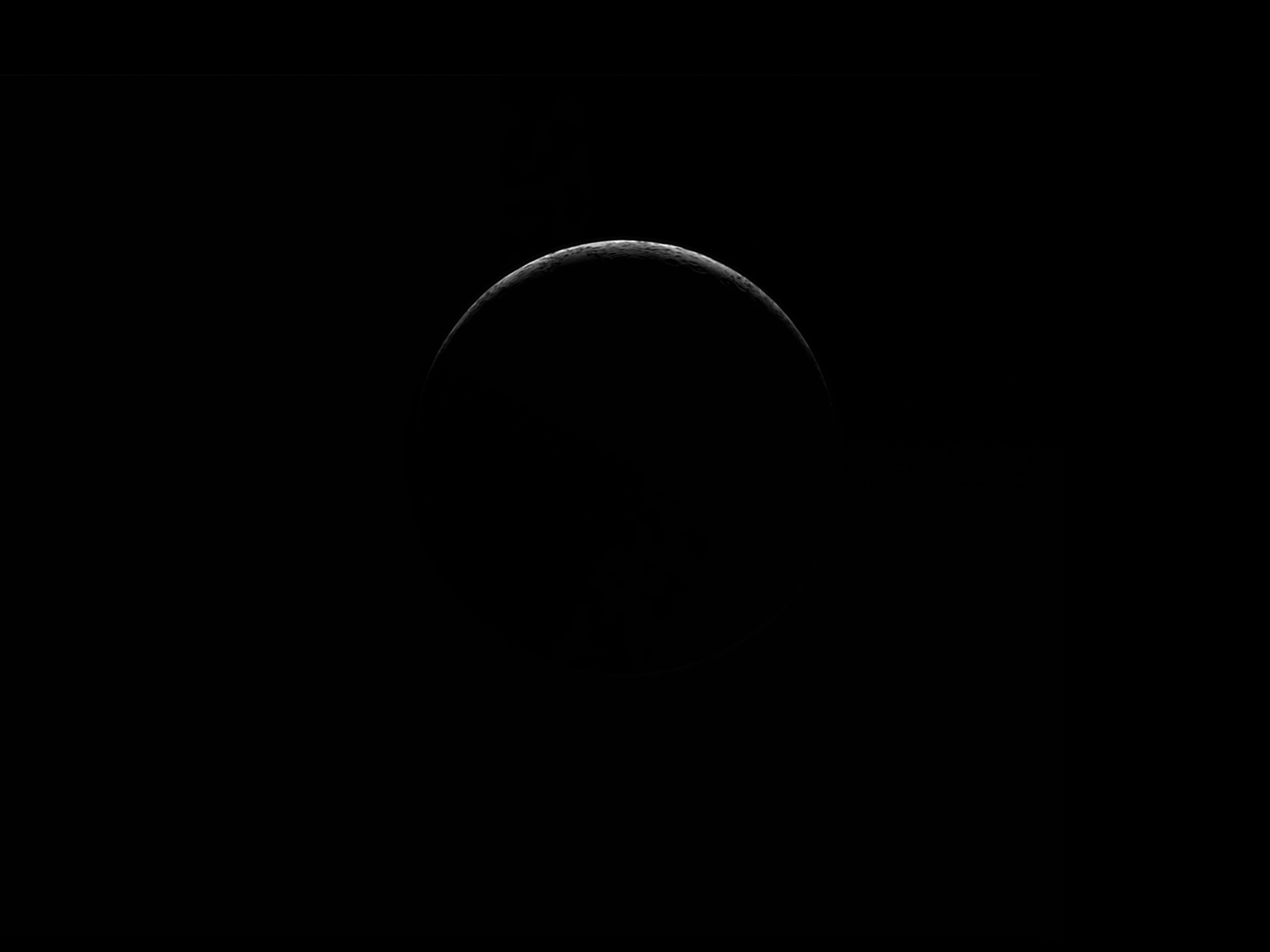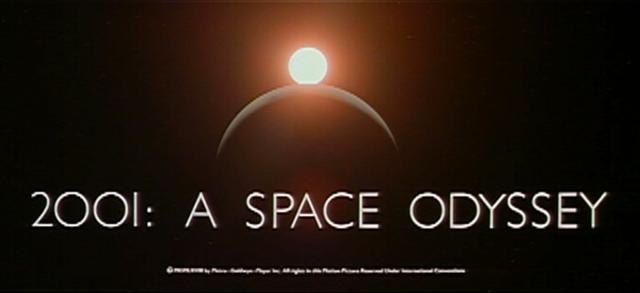a number of events have prevented me from completing this project, but finally,
here is my image of Abell 30, a rare "born again" planetary nebula who's central star re-ignited after turning into a white dwarf,
creating a new system of complex knots of oxygen (blue-green)
inside a mature spherical shell of hydrogen (red) and oxygen:
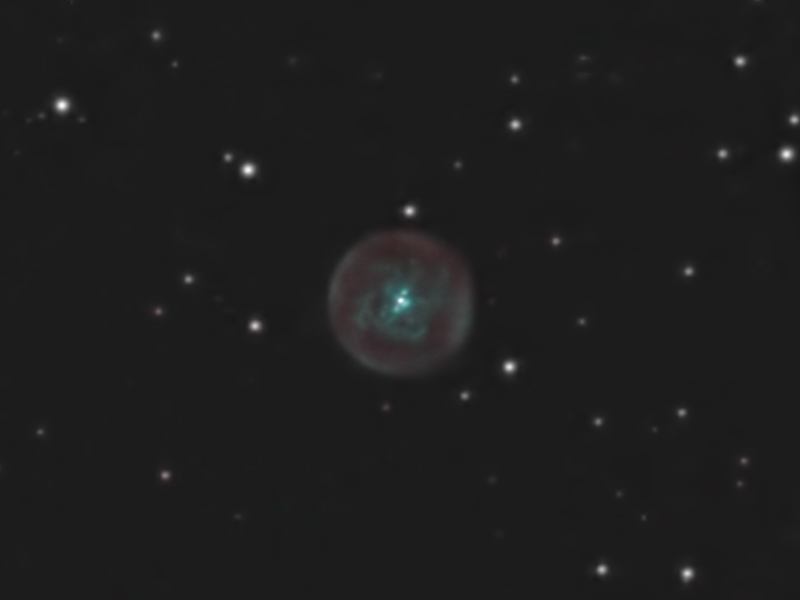 |
| Abell 30 in Hydrogen (red) and Oxygen (blue-green) |
The O III signal was faint, Ha signal extremely faint, and He II almost nonexistent.
I was baffled by sources stating that the knots have strong He II emissions, e.g.,
Osterbrock's Astrophysics of Gaseous Nebulae and Active Galactic Nuclei p. 264.
My He II filter is spec'd at 468.6 nm with a 4 nm band width detects almost no signal in the outer shell, but did detect signal in the small knots closest to the central star. My best guess is that "helium rich" refers to the relative ratio of He II to Ha in specific areas of the nebula. Here's a mosaic of images with the various filters displayed using the linear stretch that best displayed the central knots. The continuum filter removes the narrowband emissions of the nebula, showing only stars in this case:
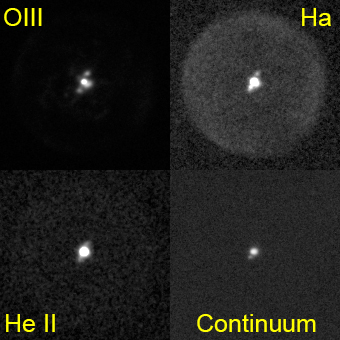 |
| Abell 30 |
Edited the section above (a filter wheel error on my initial attempt substituted a continuum filter for the Helium II filter).
A few findings regarding exposure variation and binning:
for OIII 3 nm
40 min binned 2x not much deeper than 20 min binned 2x, if at all.
but
20 min binned 4x (4 subs) much deeper than 40 min binned 2x (2 subs)
though it was difficult to be sure conditions were identical.
filter band width:
for 40 min binned 2x 3 nm OIII deeper than 5 nm or 8.5 nm; not much difference between latter two
older unbinned subs with my SX H9 (0.6"/px) were far worse than either, threw all subs out
8" LX200R, SX Trius 694 binned x2 to 0.8"/px, binned x4 to 1.6"/px, (final image at .8"/px)
astrodon 5nm Ha, 5nm, 3nm OIII, chroma 4 nm He, 540x50 nm filter (greenish continuum) ; custom scientifics 8.5 nm OIII
ASA DDM60
OIII 10x 20 min bx4, 28x 40 min bx2, 44x 20 min bx2
Ha 2x 20 min bx2, 15x 40 min bx2, 60 x 20 min bx4
HeII 36x 1200s bx4 2x2400s bx2!
continuum filter 13x2400s bx2 (in error, black point 30K ADU!)
2/16/13-3/6/17
eastbluff, CA
